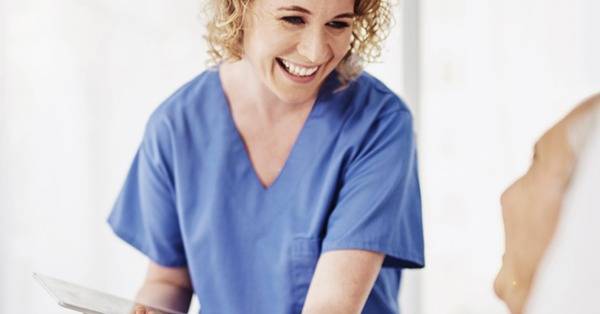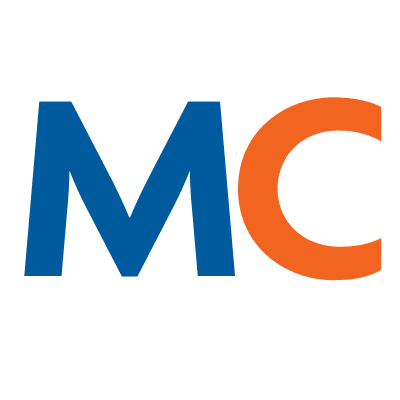- Solutions
- Solutions
- Home Health
- Hospice
- Life Plan Community
- Palliative Care
- Private Duty
- Senior Living
- Skilled Nursing
- Skilled Nursing
- Skilled Nursing Software
- Advanced Insights
- Customer relationship management
- Data and analytics
- Financial & operations management
- Marketing
- Nutrition management
- Referral management
- Regulatory compliance
- Retail management
- Resident engagement
- Revenue cycle management
- Skilled nursing interoperability
- Partners
- Blogs
- Resources
- About
- User Conference

Using technology for proactive care management
It’s no secret things are tough in post-acute care right now. Ongoing staffing shortages mean many facilities are trying to hire or must rely on temporary staff who need to be trained on systems, people and processes quickly. What’s more, the residents they care for are higher acuity: 77% of older seniors have at least two long-term care needs.* This is why more and more post-acute care providers are embracing proactive care technology.
Delivering proactive care means having access to key information about each resident’s status. Vital signs, food intake, activities of daily living and infections can all help you identify potential hazards such as fall risk or skin injuries. And any time your staff can make efforts to prevent a fall or other significant injury, that’s good for your residents – and for your bottom line.
Too often, it takes hours of combing through charts, running reports, and compiling data from different areas of the EHR to identify those risks. But machine learning technology lets caregivers gather key data that reveals potential issues, which means they can make efforts to deliver proactive care and prevent injuries or further decline in your residents’ health.
Access to your EHR’s detailed data can help managers and administrators get information that supports critical thinking when developing the overall care plan process. In addition, the data can guide a re-evaluation of admission processes to make sure new residents are a good match for the care and services your facility offers.
Put machine learning to work
Every day, facilities find new ways to use machine learning to improve care. Here are some real-life examples:
- Analyzing use patterns of tightly regulated medications. A dashboard generated from EHR data lets caregivers track whether caregivers routinely conduct pain interviews and whether there is proper monitoring when a patient is on a dose reduction plan. This dashboard also helps make sure caregivers are following policies and procedures, and alerts leaders if policies need updating.
- Wound and infection tracking. This task might seem insurmountable, but technology can make it manageable and effective. Machine learning tools gather data instead of your staff, so they can deliver proactive care. Real-time information on details including skin injuries, infections, and whether a wound was acquired in your facility lets the entire interdisciplinary team see which residents have wounds, and the status of each one.
- Point of care documentation. Mobile technology makes it easier for staff to document details at the point of care, which supports better overall compliance. Having discrete data lets your staff track wounds and infections over time, so they can be proactively managed. Managers can see whether a specific unit has a faster rate of wound healing, and drill down to find the reasons, such as compliance with dressing changes, turning and repositioning, or using specific dietary supplements. They can then adopt those specific interventions across the organization to improve overall outcomes.
- Quality improvement management. Directors of nursing and other managers can use data aggregated by these tools to evaluate quality assurance performance improvement plans.
Analyzing details can provide insights that point to improvements. For example, statistics on repeat hospitalizations may show that those events happen at a specific time or under specific physicians. If managers can see that information, they can implement changes such as additional training. Administrators can use the detailed data to evaluate service effectiveness, understand resident demographics, and identify services that should be added.
Get proactive
Technology that harnesses the power of machine learning is driving a new focus on proactive care. Find out how MatrixCare’s Clinical Advanced Insights lets you use the data already in your EHR to help you do more with less while improving care quality and outcomes.
*Statistics from Centers for Disease Control and Prevention and the National Council on Aging
Request a demo today for a closer look at MatrixCare.
See what MatrixCare can do for you
Kelly Danielson
Before joining MatrixCare, Kelly worked in long-term care for over 20 years, starting as an LPN while working toward her Bachelor’s in Nursing. After graduation, she worked as a nurse manager and MDS nurse before becoming a Director of Nursing for a skilled nursing facility in Moorhead, MN. After five years as DON, Kelly took a role as a nurse consultant. Over the next 12 years, she worked as a regulatory and risk management specialist and district director of Clinical Services. She attained her certification as a legal nurse consultant in 2013. Kelly started with MatrixCare in February 2017 and is a clinical product manager.
Related Posts




See MatrixCare in action
Start by having a call with one of our experts to see our platform in action.
MatrixCare offers industry-leading software solutions. Thousands of facility-based and home-based care organizations trust us to help them improve efficiency and provide exceptional care.
© 2025 MatrixCare is a registered trademark of MatrixCare. All rights reserved.




